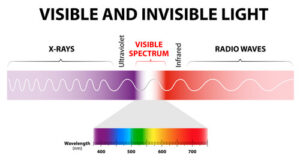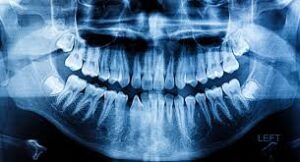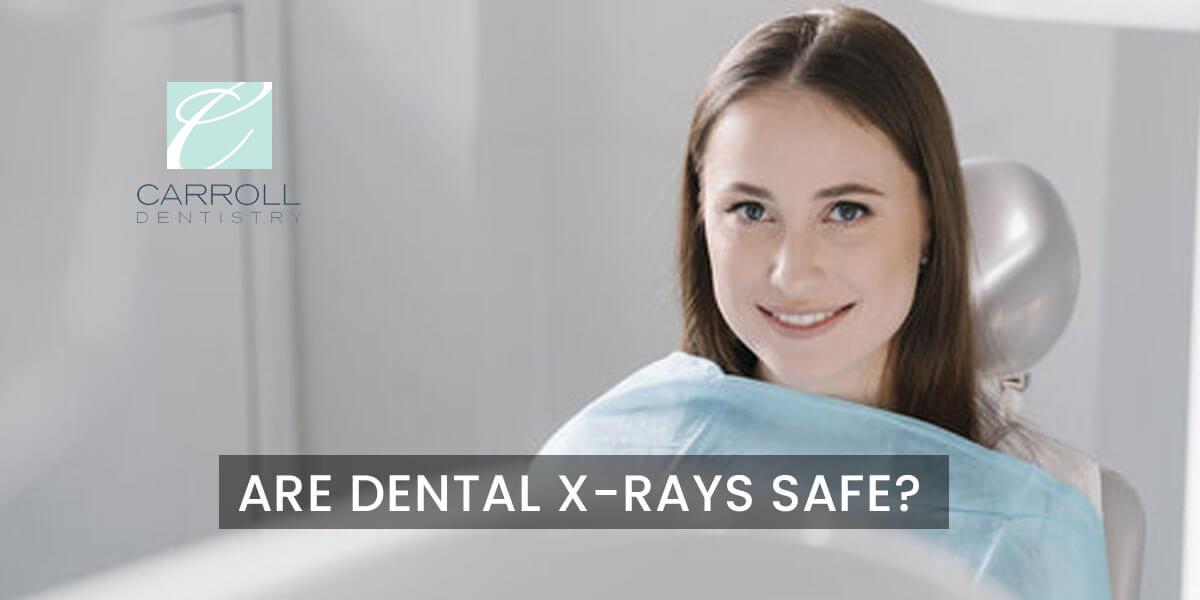You’ve probably heard that the X-Ray machine uses radioactivity to produce images of the bones underneath the skin, that is correct. In what measure are Dental X-rays dangerous if they are? Or maybe they are safe. Stay with us to find out.
What are X-rays
X-rays are a form of electromagnetic radiation. Unlike light beams – which are a form of electromagnetic radiation, x-rays have higher energy and can pass through most objects, including the body. Bones are made from the harder material cells so the x-rays are unable to penetrate them, and we get an image of all bones hiding beneath our skin and soft tissue.

How do Dental X-rays work
When the X-rays pass through the mouth and soft tissue, the teeth and bones absorb part of the x-rays that are directed to them. The teeth appear lighter on the final X-ray image due to that.
Areas of tooth decay and infection look darker because they don’t absorb as much of the X-ray, and that is the method of determining how much the tooth is damaged due to teeth health problems.

Are dental, or any x-rays dangerous
The short answer is NO, they are not dangerous. Here is why. The problem with high energy electromagnetic radiation waves going through the body is that it can hit a healthy part
of the cells and cause, damages to them. Many people believe that any amount of radiation is dangerous, but that is just not the case. Nature that is surrounding us radiates al sort of beams, Sun also.
Our bodies are immune to those types of radiation, for a long period of time. Duration of any x-ray exam is much much less harmful in the means of radiation than
one day living on earth. These exams are usually very quick, meaning that even if the x-ray machine is producing a huge amount of radiation (which it does not) patients are not exposed to them long enough for the radiation of the x-rays to done any harm.

Amount of radiation emitted from the dental X-ray machine
Dental x-rays machines are one of the lowest radiation-emitting x-ray machines. A routine dental exam radiates about 0.5 mSv (micro Sieverts).
In comparison natural background radiation is about 2.4 mSv, meaning the natural background radiation about 5 times more dangerous for human health than one exam with a dental x-ray machine.
Dental X-rays during pregnancy
Dental X-rays are safe to have during pregnancy, too. According to both the American Dental Association and the American Pregnancy Association, dental x-ray exam is not dangerous to cause any harm to a pregnant woman or her baby, because the amount of radiation used in a dental X-ray is very low.
You probably remember when you had an x-ray exam in the past the radiologist placing a heavy apron over you before turning on the X-ray machine. This is a leaded apron, that does not let x-rays through, meaning parts of the body covered with it, is not affected at all with x-ray beams.
Some women choose to postpone X-rays until after the end of the first trimester not medically necessary but may help provide peace of mind, to the mother, but it’s perfectly fine for them to take dental x-ray exams.





